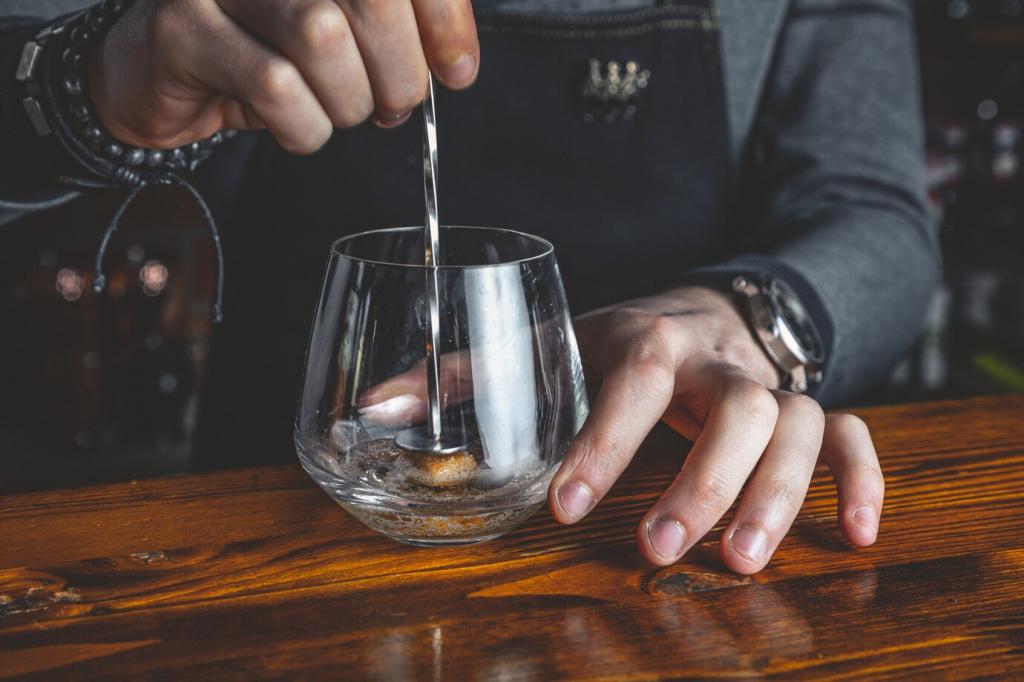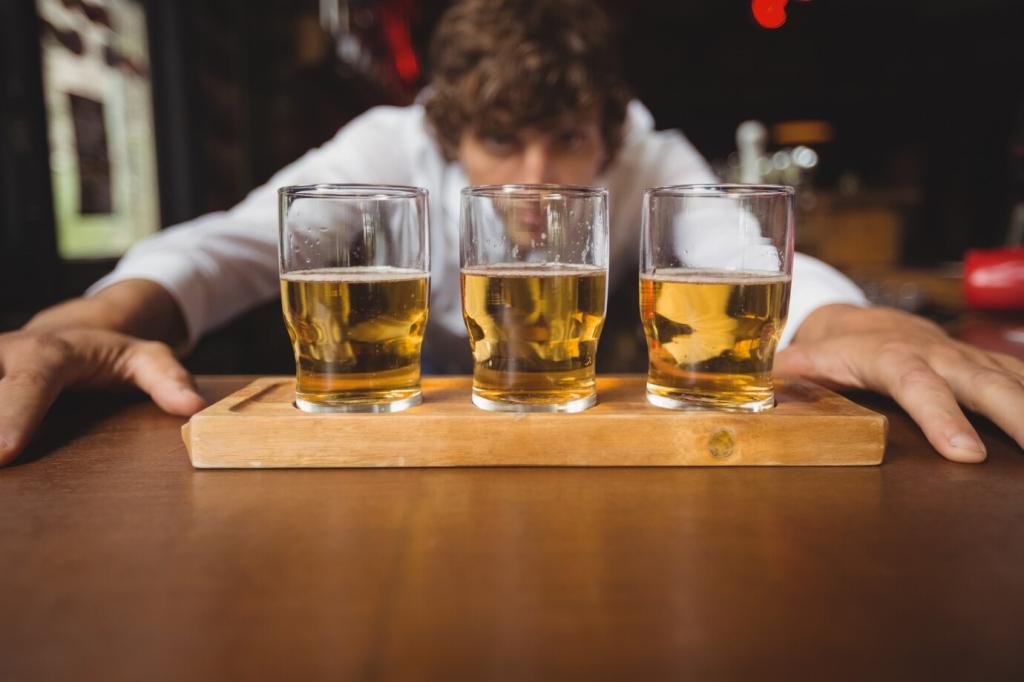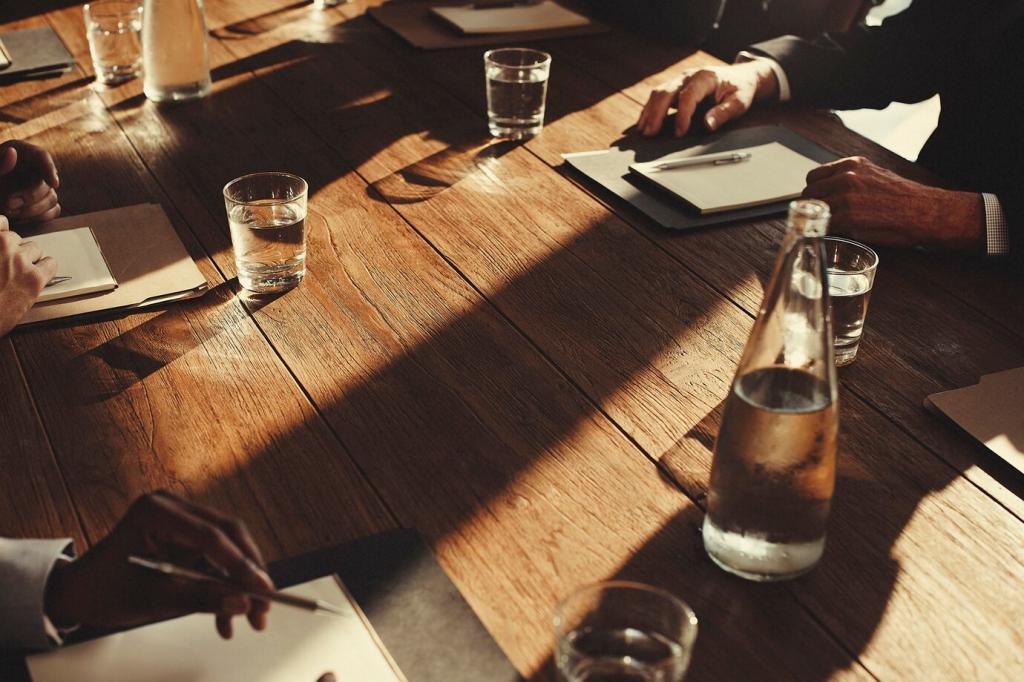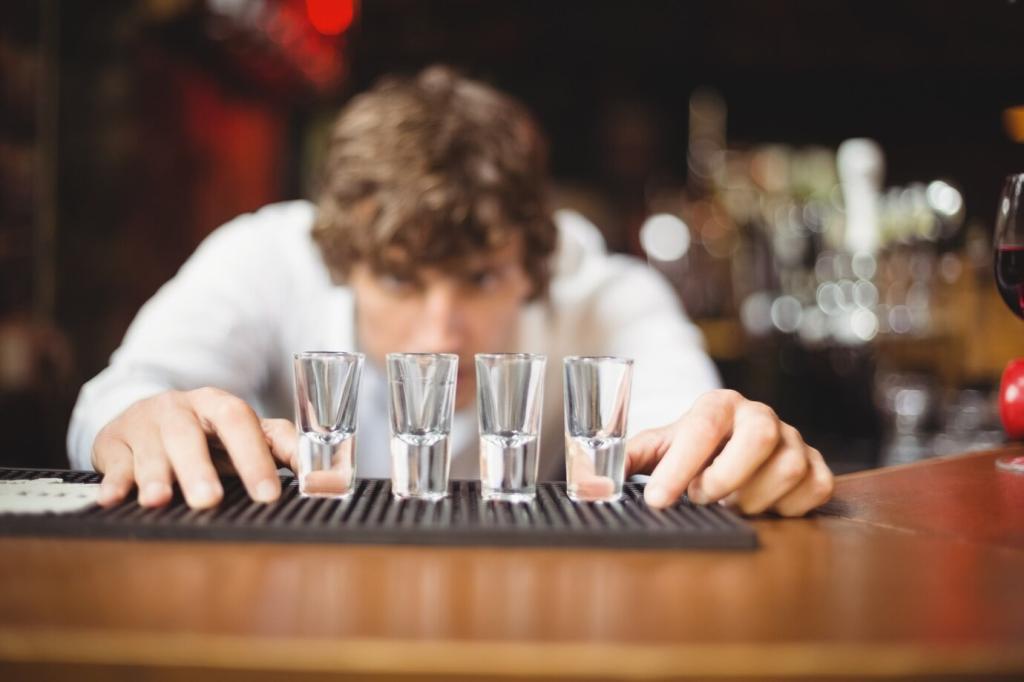Embrace The Art of Wine Tasting
This edition celebrates the chosen theme: The Art of Wine Tasting. Step into a world of aromas, textures, and stories that turn each sip into a conversation. Stay curious, join the dialogue, and subscribe for ongoing tastings, guides, and community challenges.
Building Your Tasting Palette
Begin with clean glassware and stillness. Swirl gently, then map scents from fruit to earth to spice, noting intensity and evolution. Compare descriptors with friends to expand vocabulary, and revisit aromas using a coffee bean reset to re-center your senses between wines.
Building Your Tasting Palette
See, swirl, sniff, sip, and savor. Observe color and viscosity, then inhale thoughtfully before letting wine coat your palate. Track acidity, tannin, body, and finish length. Ask yourself what changes with air. Share your five-step impressions below to help newcomers learn the rhythm.


Soil, Climate, and Altitude
Limestone can lend tension and brightness; granite may boost aromatic lift; clay often adds breadth. Climate and altitude shape ripeness, acidity, and alcohol. Pay attention to diurnal range and slope exposure. Taste side by side to feel how texture changes while core flavors hold steady.
Old World vs. New World
Old World regions often emphasize restraint, earth, and structure, while New World bottles lean toward generous fruit and polished textures. These are tendencies, not rules. Compare Bordeaux to Napa, or Rioja to Margaret River. Tell us which pairing surprised you most and why it worked.
Grape Varieties in Context
Sauvignon Blanc whispers flint in Sancerre yet bursts with passionfruit in Marlborough. Syrah murmurs pepper in the Northern Rhône, while Shiraz sings plum and spice in Barossa. Learn variety through place by building flights that reframe assumptions. Join our newsletter for monthly varietal spotlight tastings.

A crisp Chablis slicing through fried chicken teaches acidity’s cleansing power better than any chart. Try creamy burrata with high-acid Barbera and feel the palate reset. Add a squeeze of lemon to test the effect. Report your favorite acid-fat pairing in the comments for others to try.

Hosting a Thoughtful Tasting at Home

Curate a Themed Flight
Choose three to five bottles around one idea: volcanic soils, coastal Pinot, or unoaked versus oaked Chardonnay. Brown-bag for a gentle blind tasting and reveal after discussion. Keep notes visible on a shared board. Subscribe for our rotating flight prompts and share your next theme with readers.

Glassware and Temperature
Use tulip-shaped bowls to focus aromas. Serve whites around 8–12°C, reds at 14–18°C, and sparkling cooler. Avoid overchilling aromatic whites, which can mute florals. Track how scents expand as the wine warms. Comment with your favorite affordable glass that noticeably improved your tasting clarity.

Create Conversational Rituals
Open with a round-robin: one aroma, one texture, one feeling. Encourage honest disagreement and curious questions. Appoint a scribe to capture standout notes. Keep water and snacks nearby. Afterward, vote for the night’s learning moment. Tag us with your ritual idea so others can try it.
Reading the Fine Print
Identify producer, appellation, variety, alcohol level, and importer. Note terms like estate bottled, méthode traditionnelle, classico, or riserva. Look for sustainability seals and cooperative bottlings. Photograph labels to reference later. Comment with a label that puzzled you, and we will decode it together.
Vintage Variation Stories
A rainy Piedmont 2013 brought taut tannins and lifted acidity, while sunny 2015 felt plush and immediate. Vintage charts guide, but context rules. Producer choices can transcend weather. Taste two years side by side and trust your palate. Share your favorite vintage surprise to inspire fellow tasters.
When to Cellar, When to Pour
Assess tannin, acidity, and fruit concentration to gauge aging potential. Consider closure type and storage conditions. Listen for bottle shock in recently shipped wines. Open structured reds early or decant thoughtfully. Subscribe for seasonal cellar tips, and tell us which bottle you are saving for a milestone.

Taste with Presence
Silence your phone, breathe deeply, and notice the first inhale before naming it. Watch how expectations shift perception. Take water breaks and embrace the spittoon to stay sharp. Record one feeling, not just flavors. Share your mindful practice so others can bring calm focus to their next glass.
Accessibility and Inclusion
Offer non-alcoholic options like de-alcoholized wines, verjus spritzers, or sophisticated teas. Provide aroma kits friendly to allergies and print notes in large fonts. Respect cultural preferences and dietary needs. Invite beginners first. Add your inclusion ideas below to help every voice join the tasting table.
Share Your Voice
Post your tasting notes, questions, and photos. Ask for pairing help or flight suggestions. Encourage a friend who is unsure where to start. We host monthly theme nights and reader spotlights. Subscribe, comment, and shape our next exploration of The Art of Wine Tasting together.
